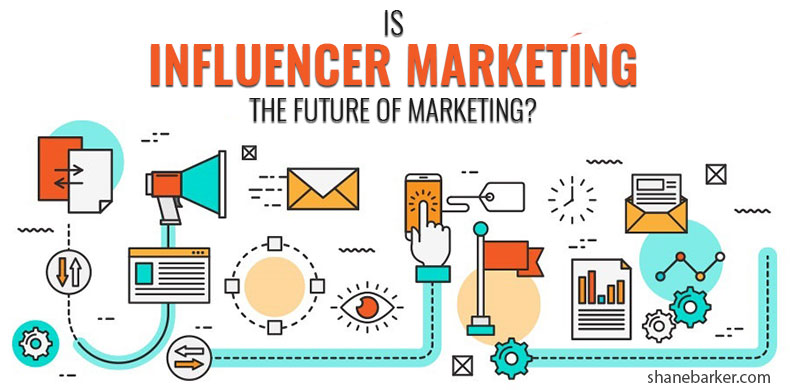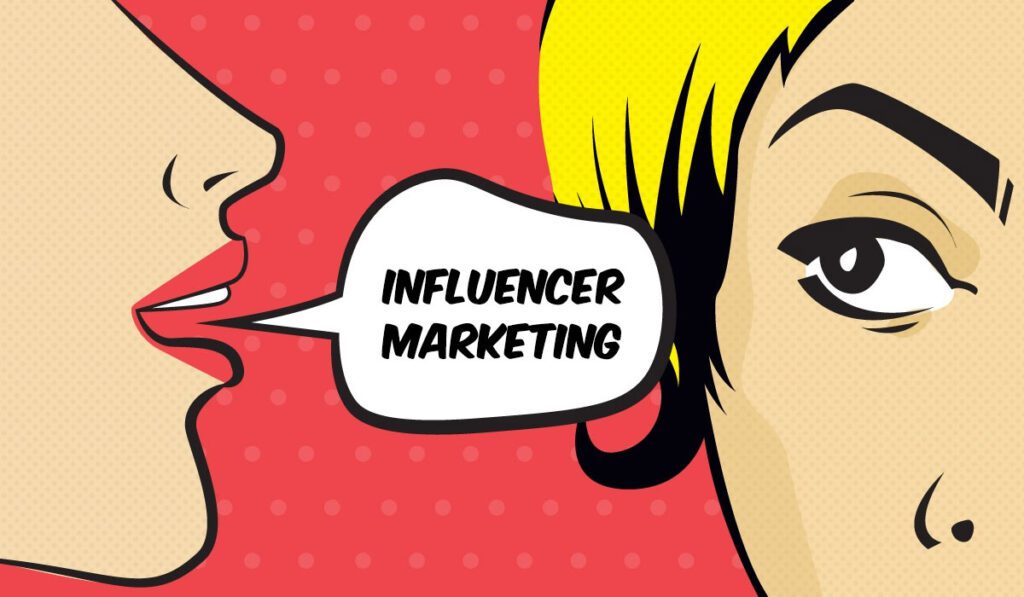A huge trend took place in marketing this past year. It happen so quickly, most of us didn’t realize this shift was happening.
One of the biggest changes is the rapid growth of influencer marketing. To understand this trend, we must first grasp exactly what it is.

As defined by Forbes magazine, influencer marketing is a non-promotional approach to marketing in which brands focus their efforts on opinion leaders, as opposed to direct target market touchpoints.
Once thought to be a quick trend, it’s become clear that influencer marketing is here to stay. It exists on all popular social media channels including Facebook, Twitter, Instagram and Snapchat.
It’s become a movement of seeking out experts in the industry instead of celebrities to showcase a product. Now influencers are the ones everyone is watching. For this reason, more brands see the value in paying these influencers to represent their products.
Additionally, brands face the challenge of ensuring credibility when using celebrities. This strategy of putting the face of a famous person on a marketing campaign, when there isn’t a natural association with the product or target audience, has become ineffective. Now, consumers have become increasingly savvy and they’re able to see through a brand endorsement that doesn’t feel genuine to them.
Beforehand it would have been crazy to think of a teenager with a million followers on Instagram. But today, those teenagers are working with big name brands to use their products, while also being careful not to “sell out” and become a product pusher on social media.
The best influencers on social platforms do an excellent job of integrating their branded campaigns into their unique, personal stories. They know their audiences inside and out, as well as what they must do to get them engaged before they quickly leave a post.
With this new influencer marketing movement, there comes a new responsibility for advertisers. The Committee of Advertising Practice (CAP) has had to issue new guidelines for the brands working with influencers. One such guideline requires that influencers recognize when they should identify something as a paid-for endorsement. For instance, when influencers post branded videos or sponsored blogs they should include an ‘ad’ warning in the title to notify their followers.
Overall, these influencers have become the experts driving consumer purchases and with that comes the task of ensuring their audience knows when they are being advertised to.
